Freshwater pearls from China are traditionally “tissue nucleated”.
This means that tiny, 1.0mm square pieces of mantle tissue are harvested from a donor mussel, and are then inserted into small incisions made throughout the soft body of the host mussel. These pieces of donor tissue serve as nuclei that stimulate pearl sac formation, and eventually, form our beloved, colorful cultured Freshwater pearls.
Freshwater pearl mussels can be nucleated in this manner up to 25 times on each side of the shell, so a potential pearl harvest from even a single mussel absolutely dwarfs that of any other pearl type. This larger harvest volume accounts in part for their lower price points.



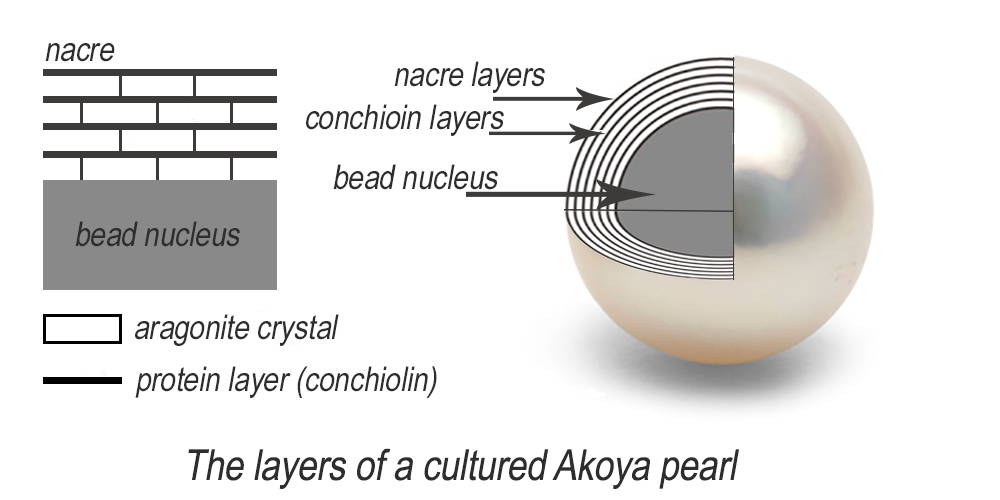

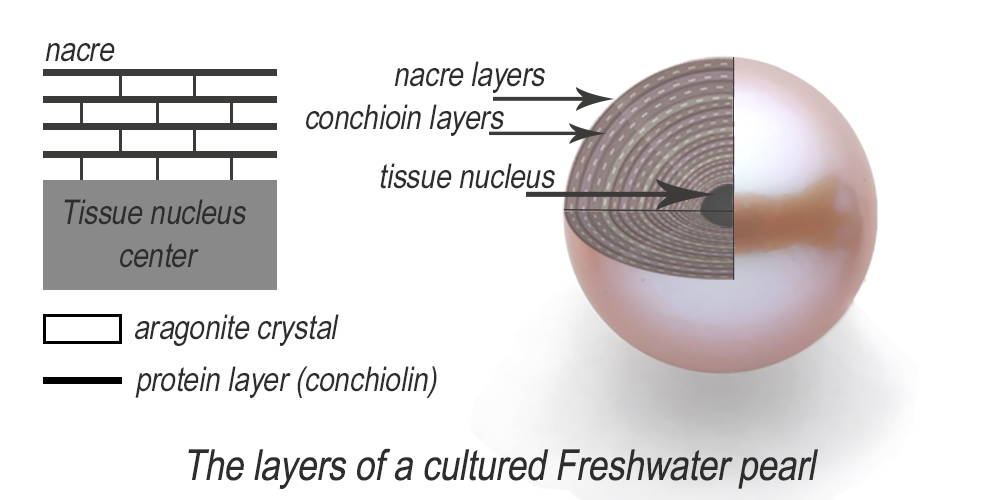
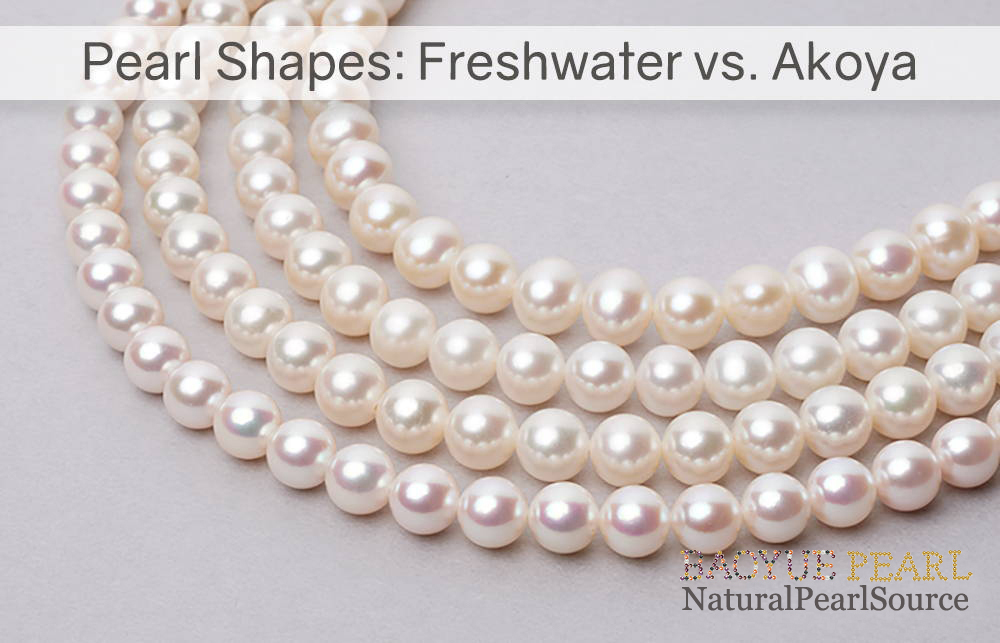

















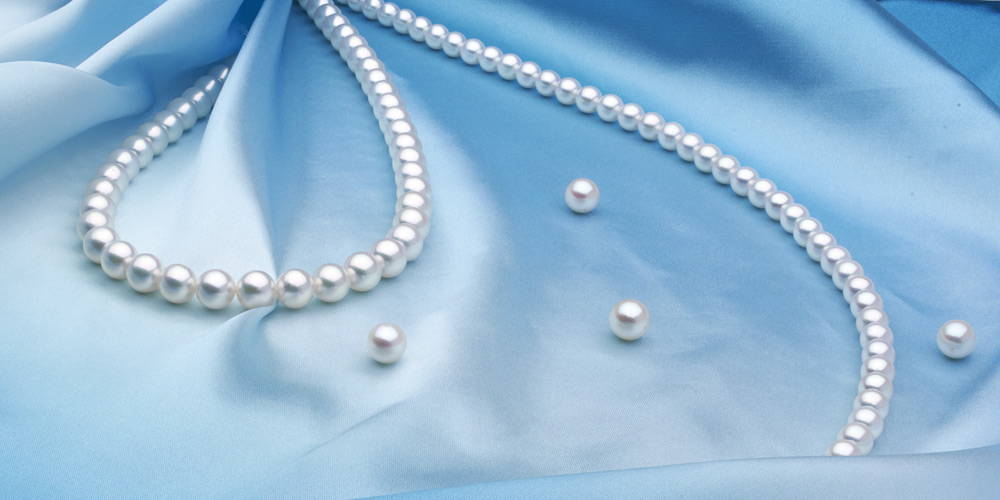



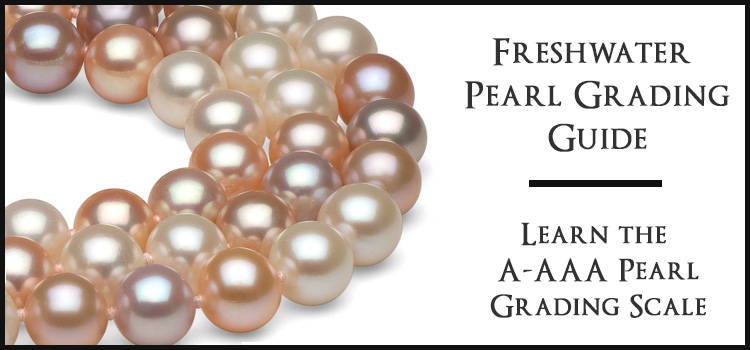

 WhatsApp Code
WhatsApp Code